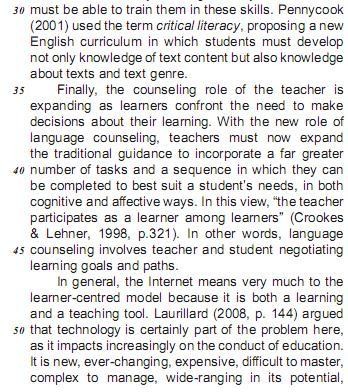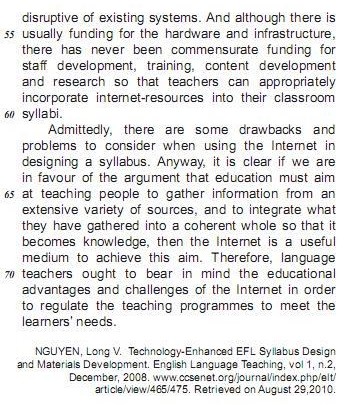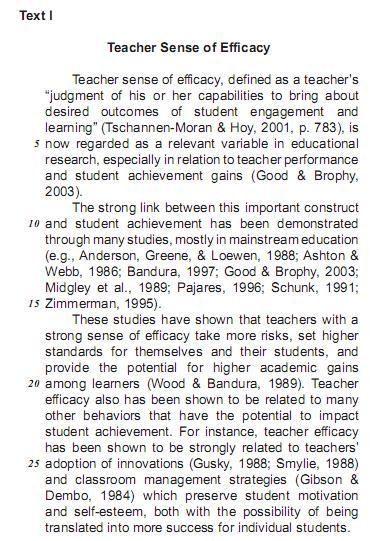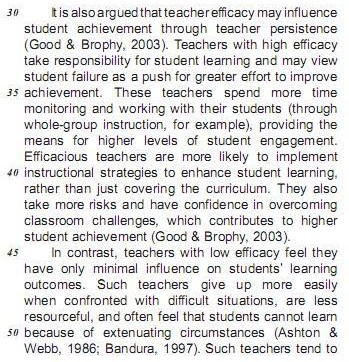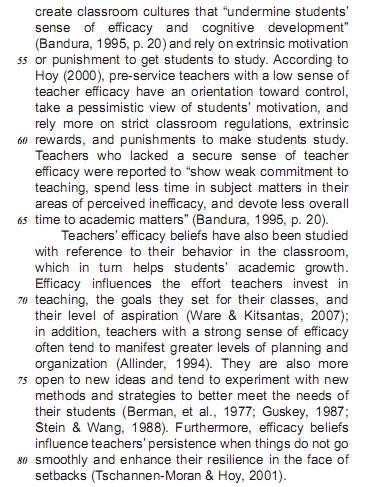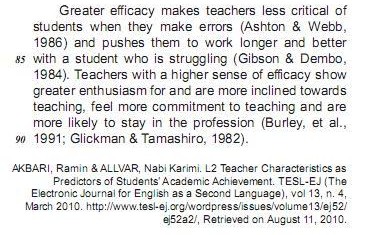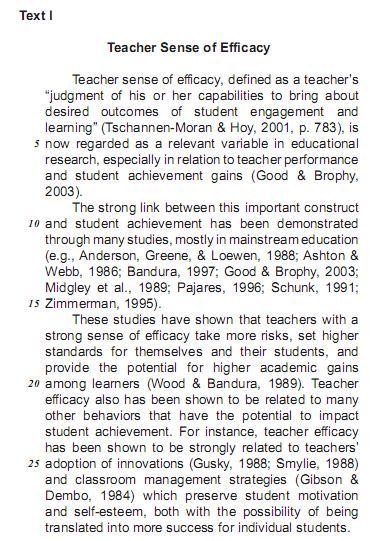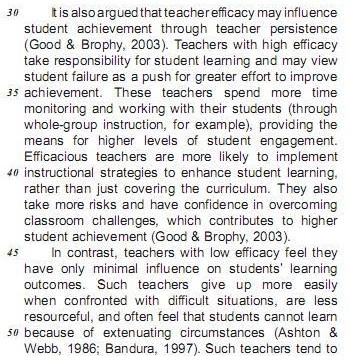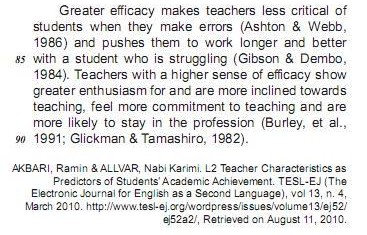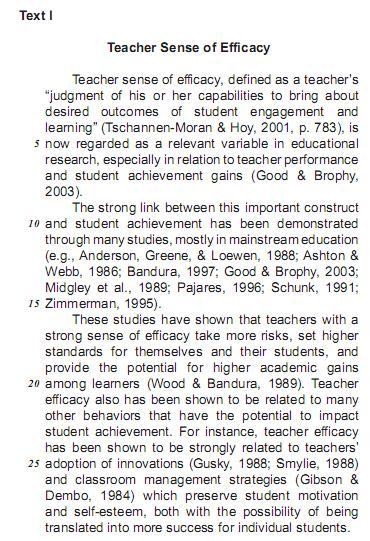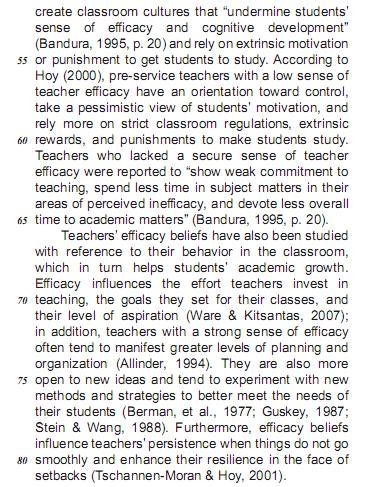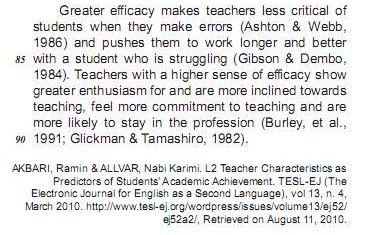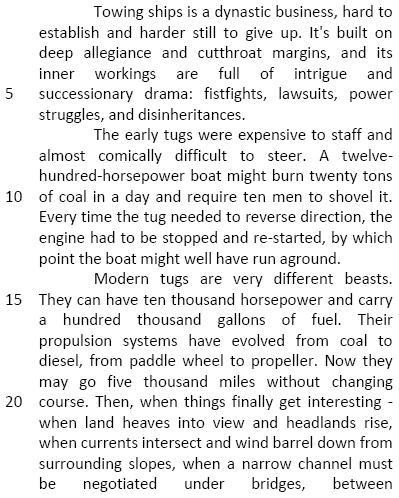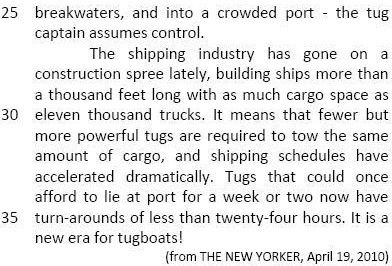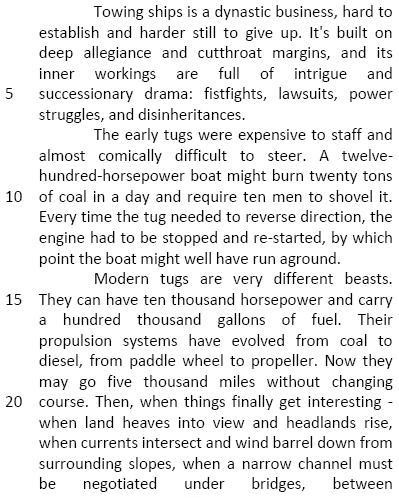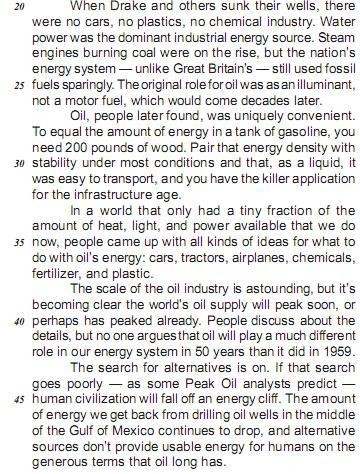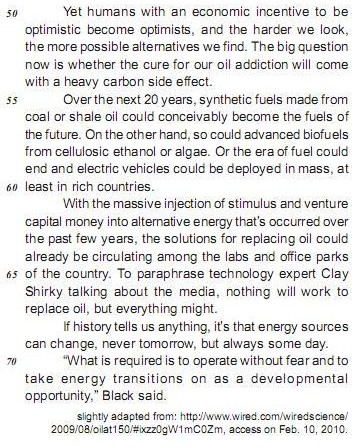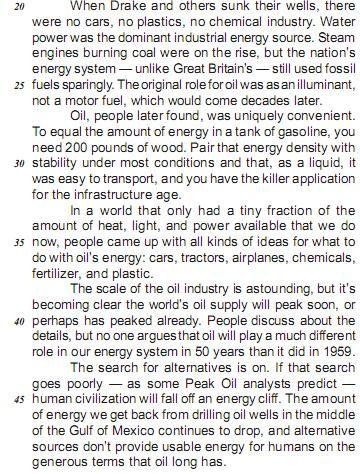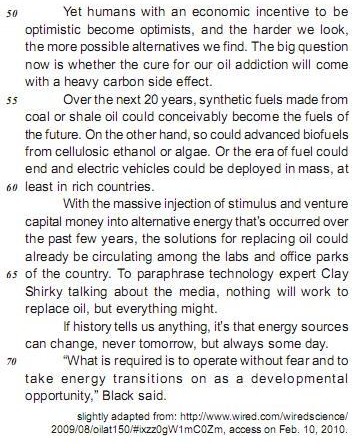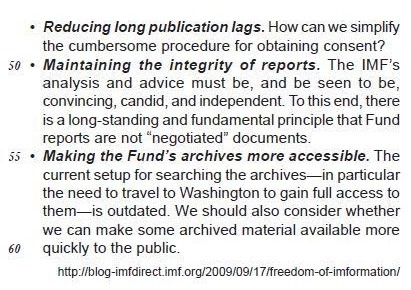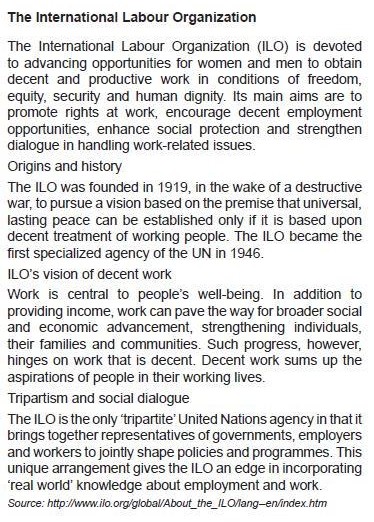In questions 46 to 50 you will be analyzing a series of reading activities that an EFL (English as a Foreign Language) teacher has prepared for her students in the 8th grade (8o ano do Ensino Fundamental).
After doing Activity 3 with her students, the teacher came across the text below and decided to bring it to class as a complementary activity (Activity 4) to further develop her students critical reading skills. She asked them to work in pairs in order to compare both texts.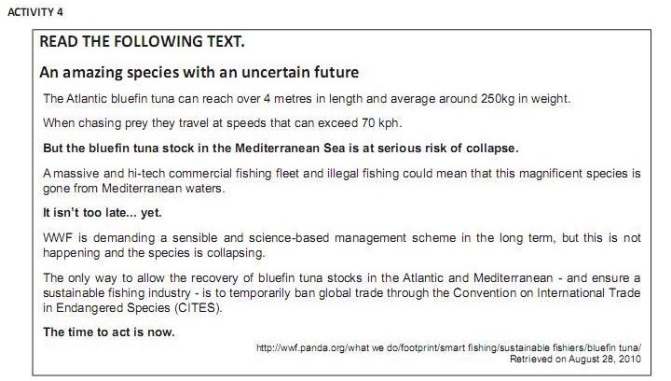
After Activity 4, the teacher expected the students would realize that
In questions 46 to 50 you will be analyzing a series of reading activities that an EFL (English as a Foreign Language) teacher has prepared for her students in the 8th grade (8o ano do Ensino Fundamental).
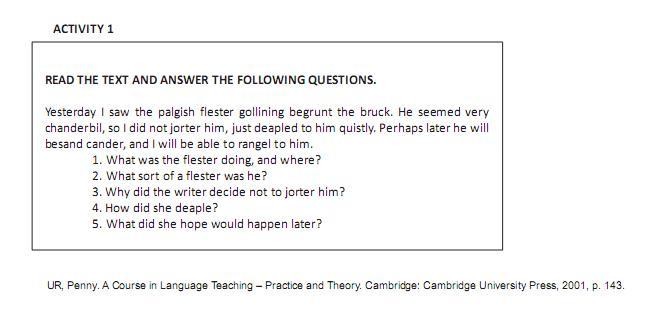
It can be said that Activity 1 can be described by all of the explanations below EXCEPT
The match between the discourse marker in boldtype and its communicative intention is expressed in

The cartoon above is illustrative of the general essence of paragraph
In It is also argued that teacher efficacy may influence student achievement through teacher persistence (lines 30-31), the modal auxiliary may expresses
According to lines 1 to 6, all the following issues are likely to be inherent in the tugboating business, EXCEPT
According to paragraph 3, when things finally get interesting, the tug captain
Choose the only correct alternative to fill in the blanks:
I. Brazil is ________ Argentina.
II. Japan is _________ Bolivia.
III. The Everest is _________mountain in the world.
IV. France is not __________ Canada.
In the fragments people came up with all kinds of ideas for what to do with oils energy (lines 35-36) and The amount of energy we get back from drilling oil wells (lines 45-46), the phrases came up with and get back, can be replaced without change in meaning by, respectively,
"I agree wholeheartedly with these transparency initiatives. I would also urge the IMF to keep going further forward particularly in regards to archives, as well as releasing country reports as part of a regular pattern of their activities, and to move to a system of releasing mandatory reports. In order for us not to repeat the same mistakes over and over again, we must be able to discern patterns from real world data. Secrecy is to be shunned since it promotes an imbalance in power and always leads to abuses.
" Rahim, on December 14th, 2009 at 12:41 am http://blog-imfdirect.imf.org/2009/09/17/freedom-of-imformation/ #comment-579
The comment above is in tune with Moghadam's ideas, because Rahim states that
Companies in the rich world are confronted with a rapidly
ageing workforce. Nearly one in three American workers
will be over 50 by 2012, and America is a young country
compared with Japan and Germany. China is also ageing
rapidly, thanks to its one-child policy. This means that
companies will have to learn how to manage older workers
better.
Most companies are remarkably ill-prepared. There was a
fl icker of interest in the problem a few years ago but it was
snuffed out by the recession. The management literature
on older workers is a mere molehill compared with the
mountain devoted to recruiting and retaining the young.
Companies are still stuck with an antiquated model for
dealing with ageing, which assumes that people should
get pay rises and promotions on the basis of age. They
have dealt with the burdens of this model by periodically
"downsizing" older workers or encouraging them to take
early retirement. This has created a dual labour marketfor
older workers, of cosseted insiders on the one hand and
unemployed or retired outsiders on the other.
But this model cannot last. The number of young people,
particularly those with valuable science and engineering
skills, is shrinking. And governments are raising retirement
ages and making it more diffi cult for companies to shed
older workers, in a desperate attempt to cope with their
underfunded pension systems.
Feb 4th 2010 | From The Economist print edition [adapted]
The text suggests that the governments of industrialized countries are
Text 1
Source:http://www.niallferguson.com/site/FERG/Templates/General. aspx?pageid=194
The Ascent of Money
Synopsis
Bread, cash, dosh, dough, loot: Call it what you like, it matters. To Christians, love of it is the root of all evil. To generals, it's the sinews of war. To revolutionaries, it's the chains of labour. But in The Ascent of Money, Niall Ferguson shows that fi nance is in fact the foundation of human progress. What's more, he reveals fi nancial history as the essential back-story behind all history. The evolution of credit and debt was as important as any technological innovation in the rise of civilization, from ancient Babylon to the silver mines of Bolivia. Banks provided the material basis for the splendours of the Italian Renaissance, while the bond market was the decisive factor in confl icts from the Seven Years' War to the American Civil War.
With the clarity and verve for which he is famed, Niall Ferguson explains why the origins of the FrenchRevolution lie in a stock market bubble caused by a convicted Scots murderer. He shows how fi nancial failure turned Argentina from the world's sixth richest country into an infl ation-ridden basket case - and how a fi nancial revolution is propelling the world's most populous country from poverty to power in a single generation.
Yet the most important lesson of the world's fi nancial history is that sooner or later every bubble bursts - sooner or later the bearish sellers outnumber the bullish buyers - sooner or later greed fl ips into fear. And that's why, whether you're scraping by or rolling in it, there's never been a better time to understand the ascent of money.
The fi ve words that open the text [Bread, cash, dosh, dough, loot] in paragraph 1 line 1 are


